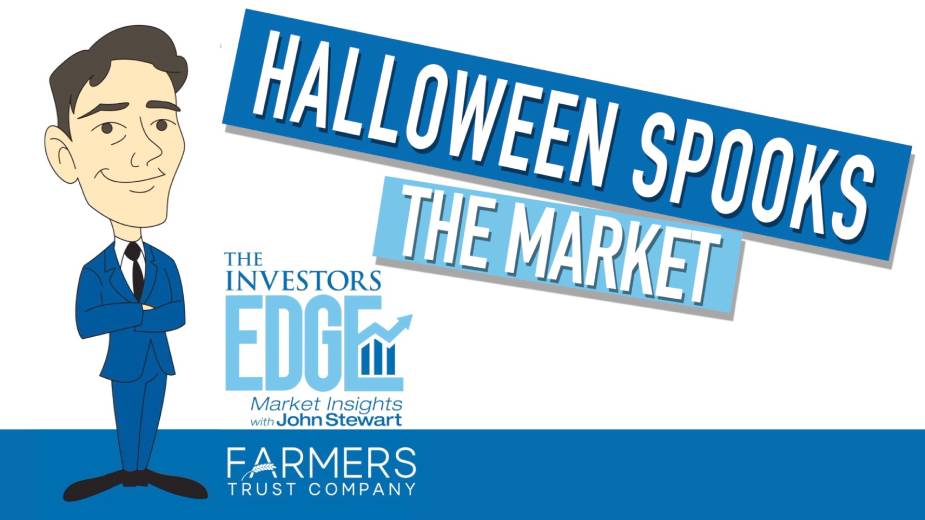Get Ready for Infrastructure | Investors Edge 8-13-2021
By John Stewart, chief investment officer at Farmers Trust Co.
CANFIELD, Ohio — This past week the Senate passed both a $1 trillion infrastructure bill and a budget resolution that paves the way for an additional $3.5 trillion spending package favored by Democrats, so get ready for a new bridge near you.
Well, not so fast. The House is unlikely to pass either proposal for months, as Speaker Nancy Pelosi says she will not take up one plan without the other, and even many Democrats are having a hard time swallowing the sheer magnitude of these spending measures.
While the infrastructure piece received a fair amount Republican support (19 out of 50), the additional $3.5 trillion spending package was passed with only 50 Democrat votes and zero Republicans. In addition, several of the Democrats voting for the measure have expressed concerns about the runaway spending and the inflation it seems to be causing.
This inflationary pressure has become noticeable enough to prompt the Biden administration to request that OPEC increase oil production in order to bring down gas prices. Good luck with that!
Featured Insight: How to Manage Losing Positions
I learned early on in my investing career that you don’t have to make your money back on the same stock you lost it on.
Most investors are very reluctant to take losses on a stock position because it means they have to admit failure. They’d rather have “hope” that the position will rebound and eventually become profitable.
This psychological bias, which is called “loss aversion” causes many investors to hold onto losing companies for far longer than they should, potentially causing significant underperformance.
If a stock is underperforming for fundamental reasons, it typically makes sense to cut losses quickly and move on to a better opportunity – you don’t have to make your money back on the same stock you lost it on.
In addition, if you hold the stock in a taxable account, the loss will create a benefit for you from a tax perspective, either offsetting other gains or even reducing taxable income.
Looking Ahead: August and September Can Be Bumpy
At the beginning of last month, I talked about how stocks usually perform rather well in July, especially in the first year of a new presidential term – well, the market didn’t disappoint – the S&P 500 index was up 2.3%, which is right in-line with its average in post-election years since 1950
I also mentioned that August and September can be a bit more uncertain.
While there have been some volatile Augusts and Septembers over the years, stocks have still turned in positive returns in both months more often than not.
Therefore, it likely makes little sense to rush out and start selling your equity positions willy nilly. Meanwhile, record earnings growth will likely continue to provide a powerful tailwind for the market.
Nevertheless, if you’ve been heavily invested in stocks during the bull market run, however, this could certainly be a good time to rebalance your portfolio and harvest SOME of your gains. If you’ve been keeping some cash on the sidelines, you may want to prepare to take advantage of any buying opportunity come this fall given that November and December tend to be two of the strongest months on average for the stock market.
Copyright 2024 The Business Journal, Youngstown, Ohio.


